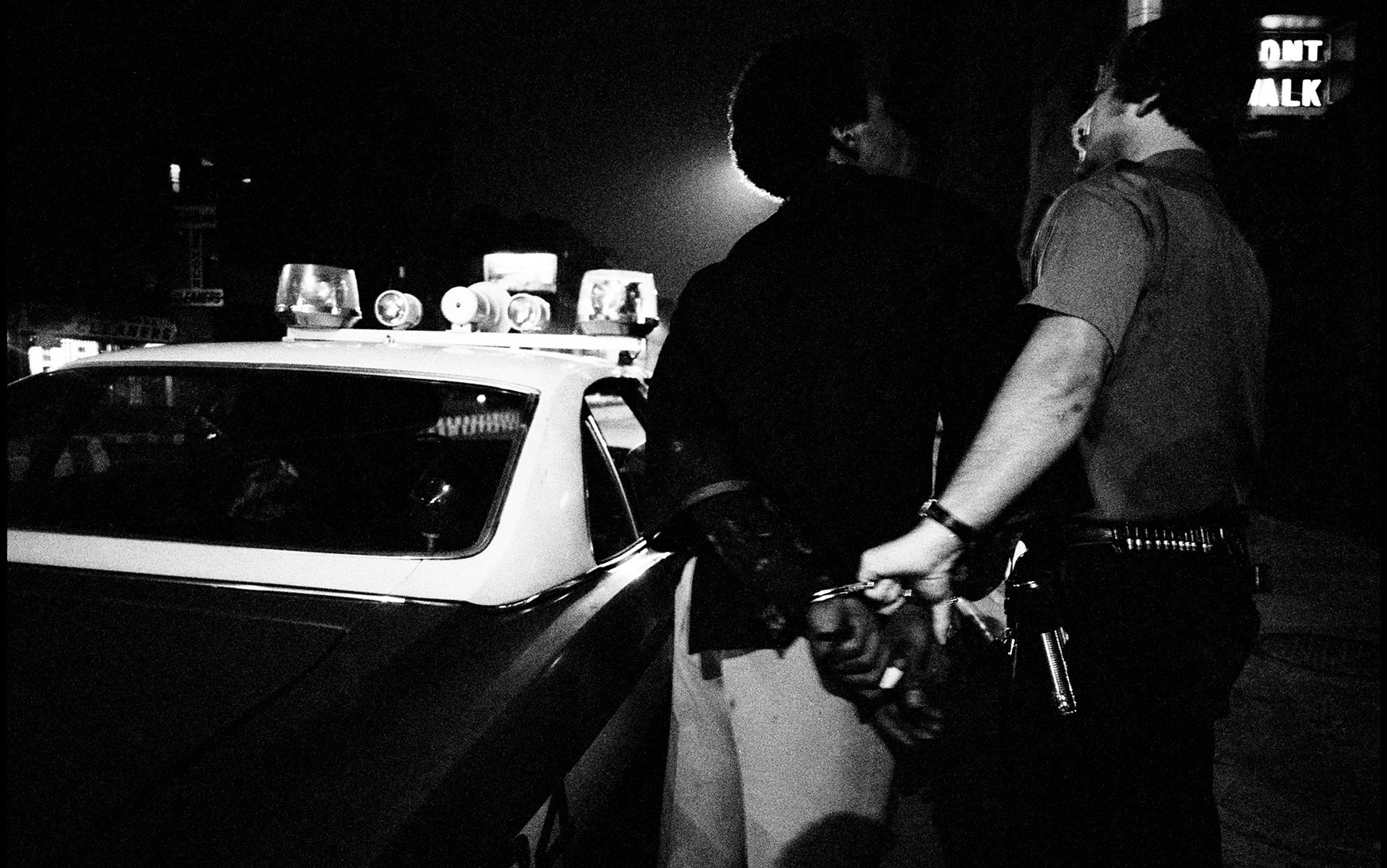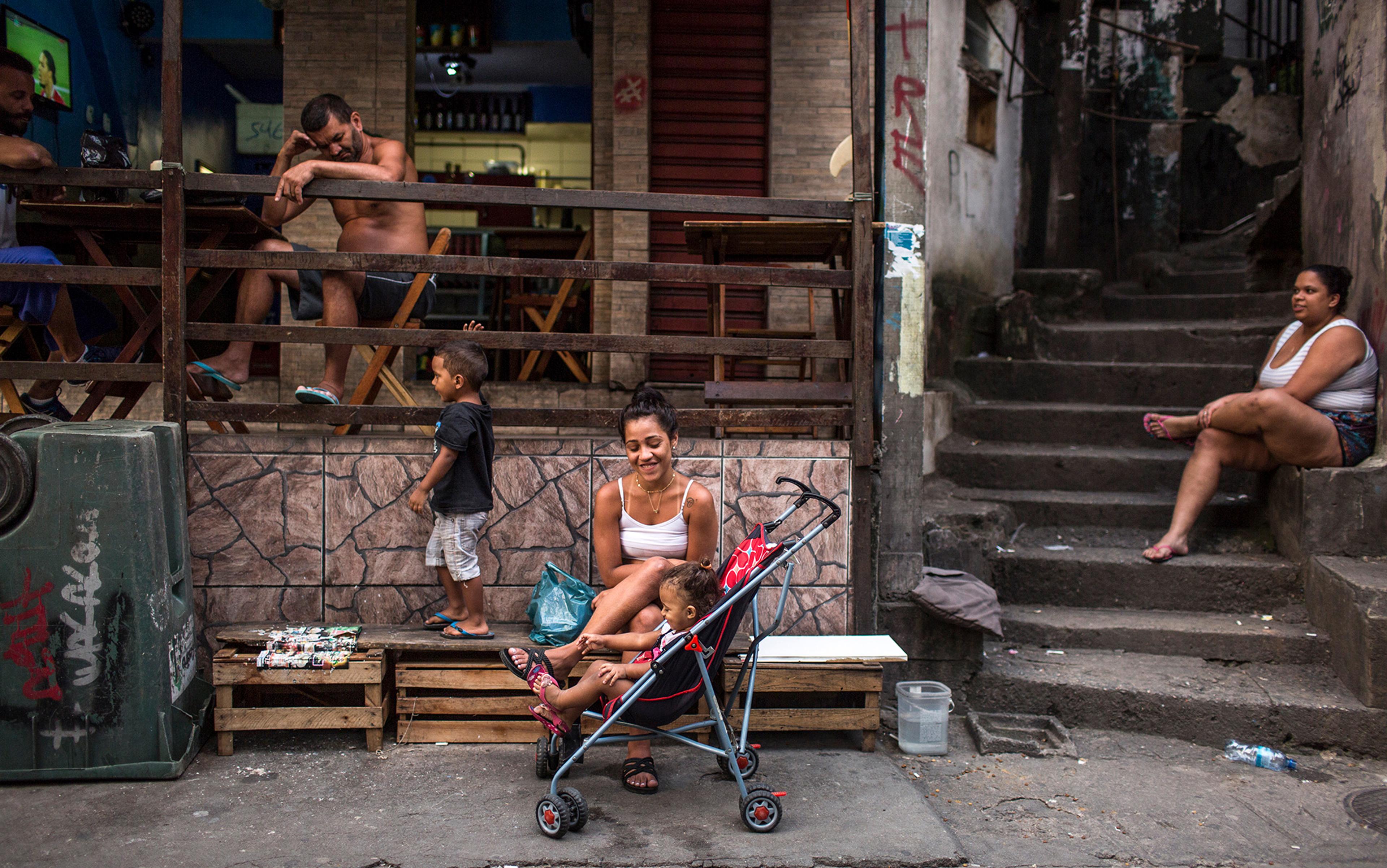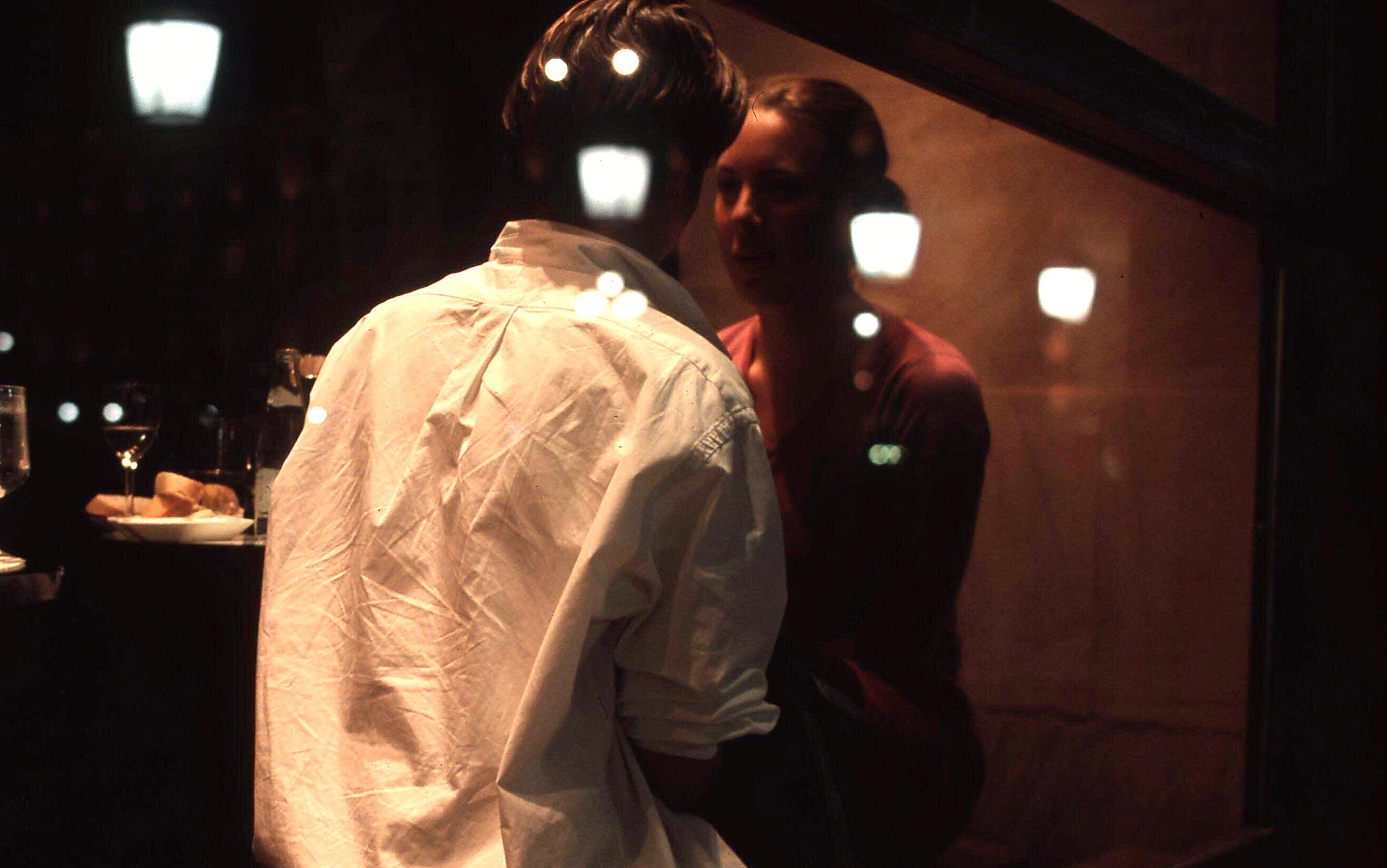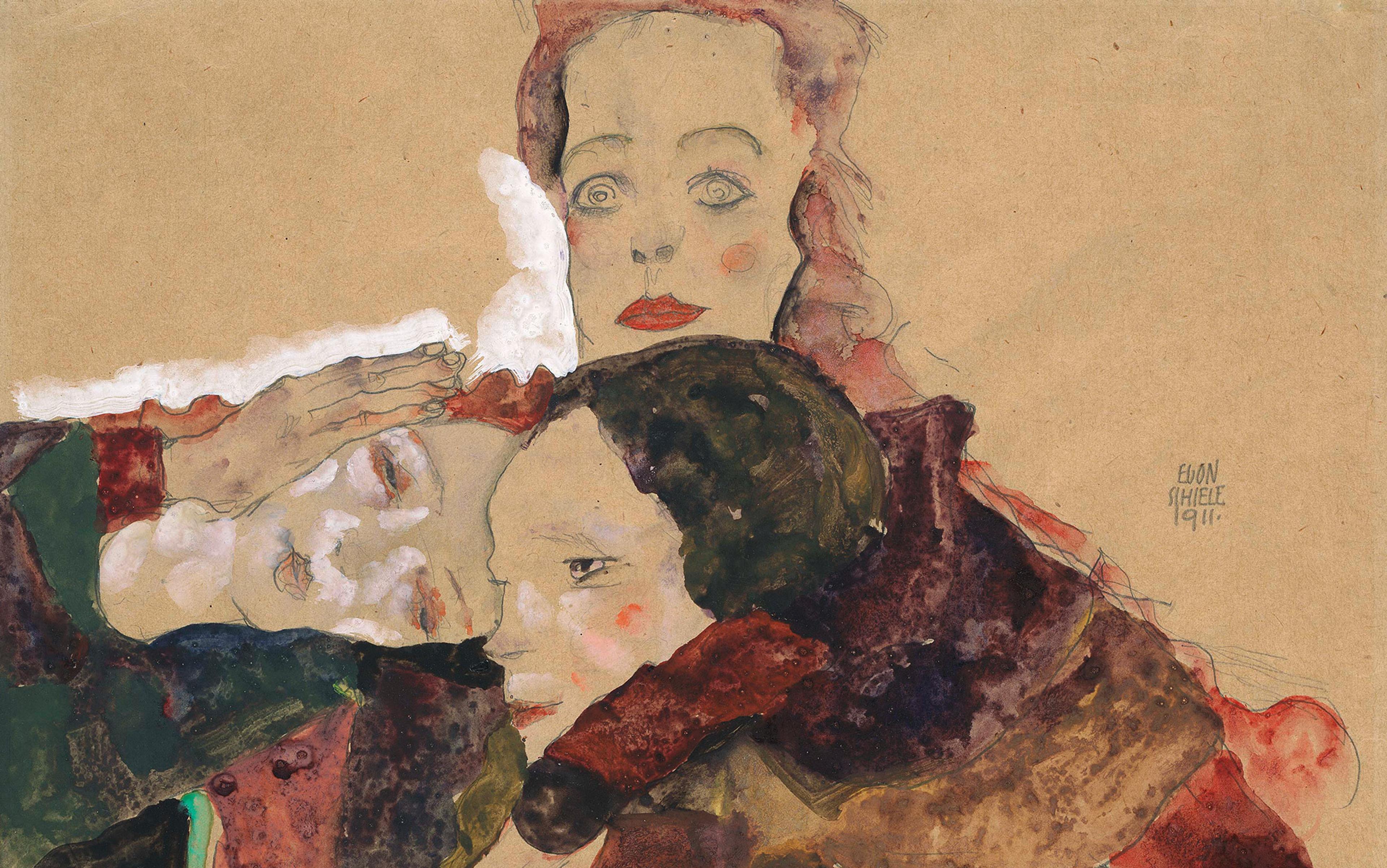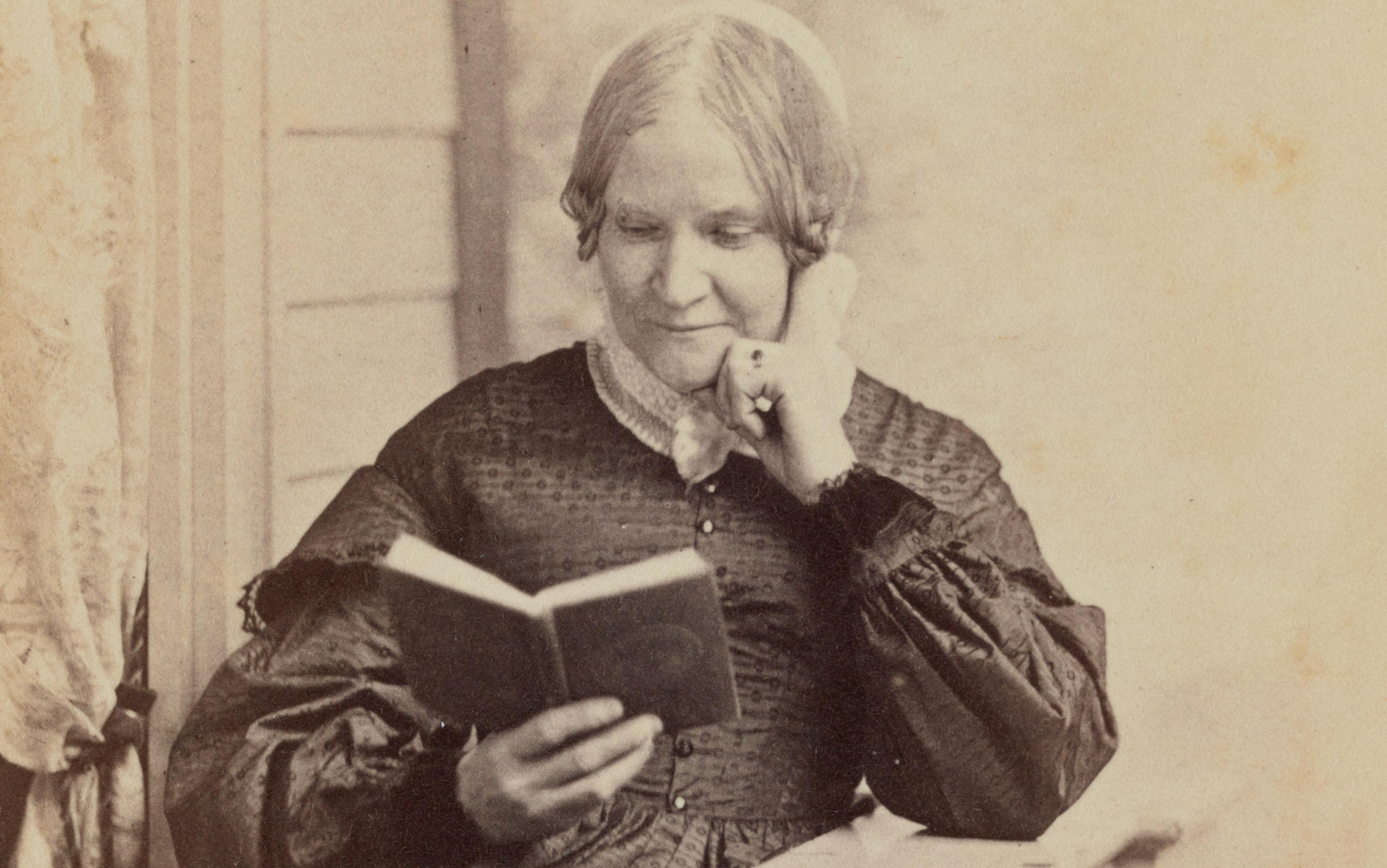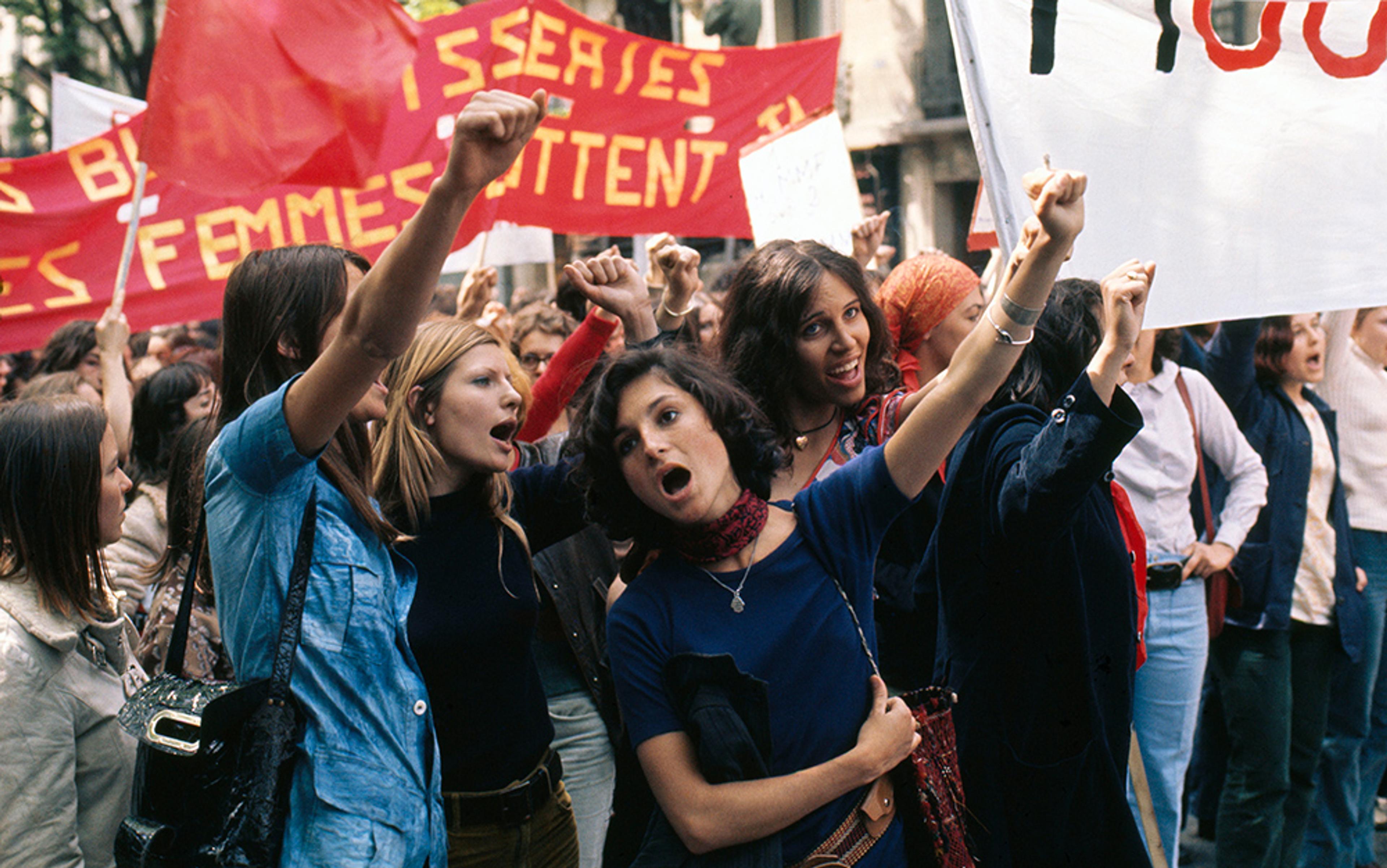In the past few years, Americans have begun to recognise that the United States, with fewer than 5 per cent of the world’s population and more than 20 per cent of its prison population, has a mass incarceration problem. People from across the political spectrum agree that criminal law has been the solution to too many social problems, that the state cages too many people, and that the penal system – from patrol to parole – is infused with racism.
There’s a real question whether Americans’ nascent turn against incarceration can be squared with MeToo, the progressive social movement that became so popular in recent years that the press dubbed it a new civil rights movement and the country’s ‘cultural revolution’. The MeToo chapter of feminism came to prominence following reports of the movie mogul Harvey Weinstein’s decades-long abuse of female celebrities, and it calls for zero tolerance of violence against women. Reflecting the tension between anti-incarceration and MeToo sentiments, many have responded to Black Lives Matter protesters’ calls to defund the police by asking: ‘What about rape and domestic violence?’ The main messages of the two movements can’t easily be reconciled.
MeToo, like the feminist anti-violence movements that preceded it, is at its core ‘carceral’, or incarceration-centric, while Black Lives Matter and associated movements are anti-carceral. The latter maintains that the US criminal system is not ‘broken’ but functions as intended: protecting landowners’ property interests, maintaining racial hierarchy, legitimating state violence and neoliberal governance, and vindicating regressive moral codes. The tide is finally turning against mass incarceration, and MeToo movement feminists should get on board. They should rescue their important anti-violence agenda from the US policing, prosecution and punishment apparatus that has captured it.
The sociologist Elizabeth Bernstein coined the term carceral feminism to describe some late-20th-century feminists’ unyielding commitment to law and order, and feminism’s larger ‘drift from the welfare state to the carceral state as the enforcement apparatus for feminist goals’. Of course, many in the MeToo movement focus on workplace equality and women’s political empowerment, but the movement generally remains committed to the criminal law response to violence against women. Its early formative achievement was Weinstein’s sentence of 23 years behind bars. Feminist reformers continue to propose broad criminalisation programmes, despite their recognition that they’re enforced by anti-Black masculinist police officers and condemn individuals to prisons to suffer sexual and other violence – and now coronavirus. Across the political spectrum, this carceral impulse is powerful.
When I was a law student and aspiring public defender, I instinctively equated prosecution of gender crimes with justice, so much so that I worried more about defending a man charged with a misdemeanour crime of domestic violence than someone charged with murder. But then I practised in a specialised domestic violence court that feminism built and received a stark education on how criminal reforms made in the name of gender justice often produce neither gender equality nor justice. I saw a revolving door of incarceration for poor people of colour that didn’t serve victims very well – many called me to help them stop prosecutions. I saw prosecutors proceed with cases against women’s wishes, and judges refuse to lift stay-away orders, imposing de facto divorce on families. I saw immigrant women lamenting that their call for help triggered an unstoppable penal machine that made their spouse deportable. My experience working as a cog in the great wheel of US criminal punishment made me wonder why, for all those years, I indulged the false equivalence between prosecution and gender justice.
In the fight against gender violence, criminal law should be a last, not first, resort. Many feminists embrace criminal law because of a set of presumptions: law always tolerated, if not encouraged, crimes against women; few alternatives outside of criminal law have been available to feminists; and feminist engagement can transform the uncaring, racist, sexist criminal justice system from within. However, in researching a variety of feminist criminal law reform efforts in the US through the ages, from the anti-‘white slavery’ crusade at the turn of the century to the Brock Turner saga of a few years ago, I discovered that these presumptions are not warranted.
Historically, legal authorities didn’t under-enforce laws against sexual and domestic violence so much as selectively enforce them depending on the class, race and other statuses of the parties. During the Reconstruction era in the late 19th century, Southern whites cited women’s protection from rape as ground for their campaign of terror against Black men. In the past, powerful feminist groups repeatedly chose criminal law as the remedy for gender violence, despite non-carceral alternatives and numerous cautions from within and outside feminist ranks. To be sure, these reforms provided protection and justice to many women, but they imprisoned other women – disproportionately marginalised women of colour. Feminist criminal law reforms interacted with larger social phenomena from slavery to sex panic, and often reinforced racism, classism and indeed sexism.
Nor have feminist criminal laws operated outside of or tempered the criminal justice system’s entrenched masculinism, racism and cruelty. In fact, they have often exacerbated them. Feminists’ repeated turn to and success with criminal law helped establish prosecution as the key to gender justice, and has stunted the development of our non-penal imaginations. It’s never been more important to think of addressing serious problems with measures other than incarceration.
In the end, feminism shaped the modern US penal state, just as engagement with the penal state shapes modern feminism, including MeToo.
When I speak on feminism’s role in US mass incarceration, people often ask me: ‘Well, if not criminalisation and punishment, what are we supposed to do about violence against women?’ I generally respond: ‘Give women money.’ This invariably invokes some form of ‘Yeah, keep dreaming!’ response. But again, we need to decolonise our minds from the occupation of penal logic, and open them to the progressive visions that socialist feminists have promoted for a long time. Then, when the noble instinct to ‘do something’ about gender violence kicks in, we aren’t just left with criminal law.
As recently as the late 1960s and early ’70s, antipoverty activism and litigation were prominent within activist circles, among Black feminists, and in established feminist organisations. Examining the antipoverty movement of that era, the historian Marisa Chappell concludes: ‘The broad range of organisations fighting for more generous welfare reveals how 1960s social movements and federal activity expanded visions of the possible.’
Students, people of colour and women had taken to the streets to protest the Vietnam war, segregation, poverty and unequal rights. Images of militarised police and federal officials beating protesters made the rounds in the media, and the police found themselves under fire for excessive force. Many police departments, seeing their social capital diminishing, vowed to reform and embrace ‘problem solving’ and ‘community’ approaches to policing, but even that wasn’t enough. In the Left-protest mindset, police were at root a ‘fascist’ arm of the state. It was from this milieu that the so-called ‘battered’ women’s movement emerged in the 1970s.
Originally, feminists in this movement were deeply anti-authoritarian. Organisers of battered women’s shelters saw these shelters as part of a larger programme of alternative egalitarian women-only societies, freed from the patriarchy and the authoritarian government. These shelter feminists were reluctant to take money from state bureaucrats who were, in one activist’s words, ‘embodiments of the top-down hierarchical, imperialistic, war-mongering society’. If the state welfare system was bad, the criminal justice system – an institution of ‘domination based on race, class, and sex’, as the activist Susan Schechter called it – was worse. Feminists in the welfare rights movement and Black feminists such as Johnnie Tillmon often characterised battering as a matter of economic precarity and white supremacy. They tended to regard police as agents of a racist and war-mongering state. Aside from feminists, family violence researchers such as Richard Gelles and Murray Straus, and psychologists such as Morton Bard, also linked abuse to social stressors, and they too rejected a law-enforcement approach. The varied proposals to address abuse included welfare reform, social services, family law changes, therapeutic interventions and economic programmes such as workplace accommodations and housewife wages. They had nothing to do with criminal law.
The murder was ‘the final act of a racist society which propelled two people to annihilate each other’
Yet, by the mid-1980s, feminists had embraced the ‘law enforcement model’ approach to domestic violence. Two important predicates made possible this important change. First, powerful feminists, including constitutional lawyers, judges, authors and members of the upper echelon of NOW (the National Organization for Women, founded in 1966) were eager to link battering to patriarchal social and marital norms, and rejected the contention of antipoverty activists and feminists of colour that economic insecurity and racial inequality contributed to violence. Second, having decided that individual bad men and not larger social structures caused abuse, activists aggressively pursued policing and prosecution to assure the arrest and imprisonment of these men.
Consider the clash in 1978 between Marta Segovia-Ashley (a Latina shelter operator in San Francisco) and Lisa Richette (a prominent judge in Philadelphia) during the watershed US Commission on Civil Rights hearings on ‘wife beating’. These hearings paved the way for various state and federal anti-battering initiatives. Segovia-Ashley’s remarks, read by her colleague Shelly Fernandez, began: ‘The soil of this [domestic violence] cruelty, maiming, and murder is the racism of the Great White Society.’ They went on to describe in agonising detail how, at age 16, Segovia-Ashley was introduced to the horrors of domestic violence when her stepfather brutally murdered her beloved mother, Seferina.
The Commission on Civil Rights audience would be surprised by Segovia-Ashley’s assessment of the murderer’s character: ‘He was very kind and gentle … He promised my mother the world and in his heart he really meant it.’ They would be more surprised by her diagnosis of what drove her stepfather to uxoricide: ‘The white world slowly and insidiously defeated my stepfather … Racism and despair affected him so deeply that within two years a man who had enjoyed a glass of wine with dinner was a full-blown alcoholic.’ Segovia-Ashley understood the murder as ‘the final act of a racist society which propelled two people to annihilate each other’. Her remarks ended with a plea:
We need money for teaching sheltered children, bilingual and biculturally. We need money for the day-to-day operation of shelters, ongoing rent, food, furniture, clothing, remodelling, upkeep, and paid staff. We need money for supplemental housing … When the hell are you going to do something about it? Or are you going to wait until we, like Seferina, are dead?
Richette, a prominent judge and doyenne among the Philadelphia intelligentsia, spoke in firm opposition to Segovia-Ashley’s remarks. ‘I disagree completely … that this is a problem of white society,’ she said. ‘It is a problem of human society.’ Emphasising that the issue was one of gender, and gender alone, Richette rejected funding to shelters as merely ‘a conscience balm to a society which tolerates the oppression of women’. Richette instead called for an ‘equalitarian society in which sex stereotyping is condemned as surely as racism is condemned today’. These gender-not-race-or-poverty sentiments roused the audience to a standing ovation. The activist Del Martin echoed Richette, testifying:
The practice of wife beating crosses all boundaries of economic class, race, national origin, or educational background. It happens in the ghetto, in working-class neighbourhoods, in middle-class homes, and in the wealthiest counties of our Nation.
The domestic violence expert Beth Richie calls this the ‘everywoman’ narrative, in which feminists described battering as something to which every woman is vulnerable. Then this ‘everywoman’ is envisioned as ‘a white, middle-class woman’. The narrative propelled domestic violence reform in a carceral direction – toward separation and arrest. Imagining the typical victim as a well-off white woman hiding behind enormous sunglasses at the country club prefigured certain remedies. Imagining her as a poor welfare recipient pointed to radically different ones. One expert at the Commission on Civil Rights hearings testified frankly that welfare reform wouldn’t help affluent victims to leave their abusers because of their ‘reluctance to reduce their’s [sic] or their children’s standard of living’ and the ‘welfare stigma’ that ‘prevented [them] from considering AFDC [Aid to Families with Dependent Children] payments as a potential solution’. Money wouldn’t break the everywoman’s abuse cycle, leaving separation through arrest as the most promising ‘wake-up call’ to the woman and man.
Once the everywoman narrative pointed toward separation and arrest, feminists increasingly described domestic violence as a function of individual criminality rather than social conditions. Activists fought openly against analyses linking battering to structural inequality or material conditions. Noting that ‘husbands of all economic levels assault their wives regularly’, the feminist lawyer Laurie Woods in 1979 insisted that addressing ‘economic conditions and working conditions’ or providing ‘counselling’ were inappropriate responses because domestic violence was not a function of ‘job stress’ or ‘psychological abnormalities’.
As the battered women’s movement began to focus on legal mechanisms to punish, deter and incapacitate individual abusers, warnings from minority feminists such as Segovia-Ashley that women of colour didn’t experience policing the same way as white women went unheeded. The domestic violence expert Donna Coker in 2003 posits that feminist law reformers might not have been ‘aware of the degree to which white privilege protects [whites] from police suspicion and surveillance’. Or as one advocate of colour remarked in 1995: ‘I think white women talked more as if the courts belonged to us [all women] and therefore should work for us where we [women of colour] always saw it as belonging to someone else and talked more about how to keep it from hurting us.’
Woods and other feminist lawyers brought high-profile class-action lawsuits to compel police departments to ensure that officers responding to domestic violence calls made arrests, rather than attempting to mediate the situation. These lawsuits resulted in departmental policies favouring and mandating arrest. In Oakland, California one such lawsuit spelled the end of the police’s problem-solving experiment of directing officers to attempt mediation before arrest in every misdemeanour assault case. Today, all but extinct are police sentiments such as this one from the training officer Glenn Sparks in 1980: ‘Obviously if we can avoid putting somebody in jail and still solve the situation that is exactly what we want to do in most cases.’ Within short order, the police welcomed mandatory arrest policies that they saw as ‘getting them out of the “social work business”’, as Bard put it. In the 1980s and ’90s, police departments and state and city legislatures raced to adopt mandatory domestic violence arrest policies, and these policies largely remain in effect today.
Even the deeply anti-authoritarian feminists in the shelter movement who initially regarded the police as fascists eventually came to embrace law enforcement. Schechter reported one shelter explaining their reluctance: ‘While we wanted to activate police protection for the abused wherever possible, we were hesitant to support the extension of discretionary powers of arrest so open to abuse, particularly against Third World and low-income people.’ But she and other shelter administrators soon came to see the police as a free security services. One observed that:
When the police do answer our calls at Rainbow Retreat, and we depend very, very heavily on them for security since we [have] an open, published address … we find they’re extremely sensitive to the problem … It’s as if once the woman has made a commitment to do something, they are more willing to work with her.
Imagine, by contrast, that police disbelieved, busted for drugs or otherwise mistreated shelter residents, as they often did with Black women and women who refused to leave the abuser. They would cease to be cost-free ‘security’. As Sharon Rice Vaughan, the founder of a shelter in St Paul, Minnesota, wrote, she and the other ‘white, middle-class women’ in charge were ‘not yet ready for a political analysis of why [we] assume that everyone thinks, lives, feels, acts, and responds the way we do.’
This new willingness to arrest women disproportionately impacted Black women
By the 1990s, several large-scale policing studies revealed that arresting – instead of mediating, offering services in lieu of arrest, or temporary separation – could be criminogenic: that is, it could escalate domestic violence, especially in poor minority communities with high rates of unemployment. As it turned out, mandatory arrest polices didn’t affect every woman equally. They were a much better proposition for middle-class white women with employed husbands than for poor women of colour with unemployed spouses. Lawrence Sherman, who with his co-authors had conducted comparative studies of policing methods in several large urban areas, observed in 1992:
If three times as many Blacks as whites are arrested in a city like Milwaukee, which is a fair approximation, then an across-the-board policy of mandatory arrests prevents 2,504 acts of violence against primarily white women at the price of 5,409 acts of violence against primarily Black women.
Sherman urged caution to the many police departments and legislatures hastily adopting mandatory arrest policies despite the social science, warning that ‘mandatory arrest may make as much sense as fighting fire with gasoline’.
Mandatory arrest policies hurt battered women not only because they caused many batterers to become more violent but also because they resulted in women being arrested. In 2007, the state of California issued a report comparing domestic violence arrest data from 1988 (before mandatory policies) with data from 1998 (after the policies). Arrests for domestic violence had increased generally, but the increase was far more profound for women than for men. Thus, while domestic violence arrests of men proportionately decreased in that 10 year period, arrests of women increased more than four-fold. Stripping police of discretion to decline arrest relieved them of their inclination to mediate domestic violence cases and not arrest men, but it also relieved them of their gendered instinct not to arrest women. And as might be expected, this new willingness to arrest women disproportionately impacted Black women, whom police were more likely to see as ‘mutual combatants’ than victims defending themselves.
Nevertheless, feminist activists remained unmoved by the clear evidence that more policing was harmful to victims, especially poor women of colour. Domestic violence policing reform had been one of the signature achievements of the battered women’s movement, if not second-wave feminism. American feminists thus rejected Sherman’s contention that there should be less aggressive policing. They argued that Sherman’s studies were proof that the domestic violence policing programme wasn’t tough enough. The activist Joan Zorza responded to Sherman in 1992 that to deter unemployed Black men – ‘society’s failures’ – the ‘stakes may need to be higher, not lower or nonexistent’. She went on to advance a Reconstruction-era Blacks-are-immune-to-punishment argument: temporary detention wouldn’t work on Black men because ‘in some subcultures of ghettoised people, where imprisonment is all too common, a few hours in jail may be seen as only minor irritation, or even a right [sic] of passage’.
This history highlights the danger that modern feminist criminal law programmes will expand the violent, masculinist and racist carceral system without reforming it. Anti-violence advocates won’t get a magical exemption whereby they can achieve feminist goals without bolstering a racist and classist criminal justice system that has produced a shameful state of mass incarceration, which even some conservatives have turned against. For too long, feminism has been shackled to the carceral state. Arrests and incarceration of mostly marginalised men amount to a meagre prize for the massive expenditure of feminist capital in making criminal law more rigid and severe. The time is here for feminists to resist the carceral impulse, and stop seeking new and broader gender crime laws, more widespread policing, and longer sentences. There are many promising noncriminal programmes that address gender violence and provide more equitable and durable relief for women of all kinds. An infusion of new ideas and activism into the feminist anti-violence movement can help free it from the carceral legacy of its predecessors.
